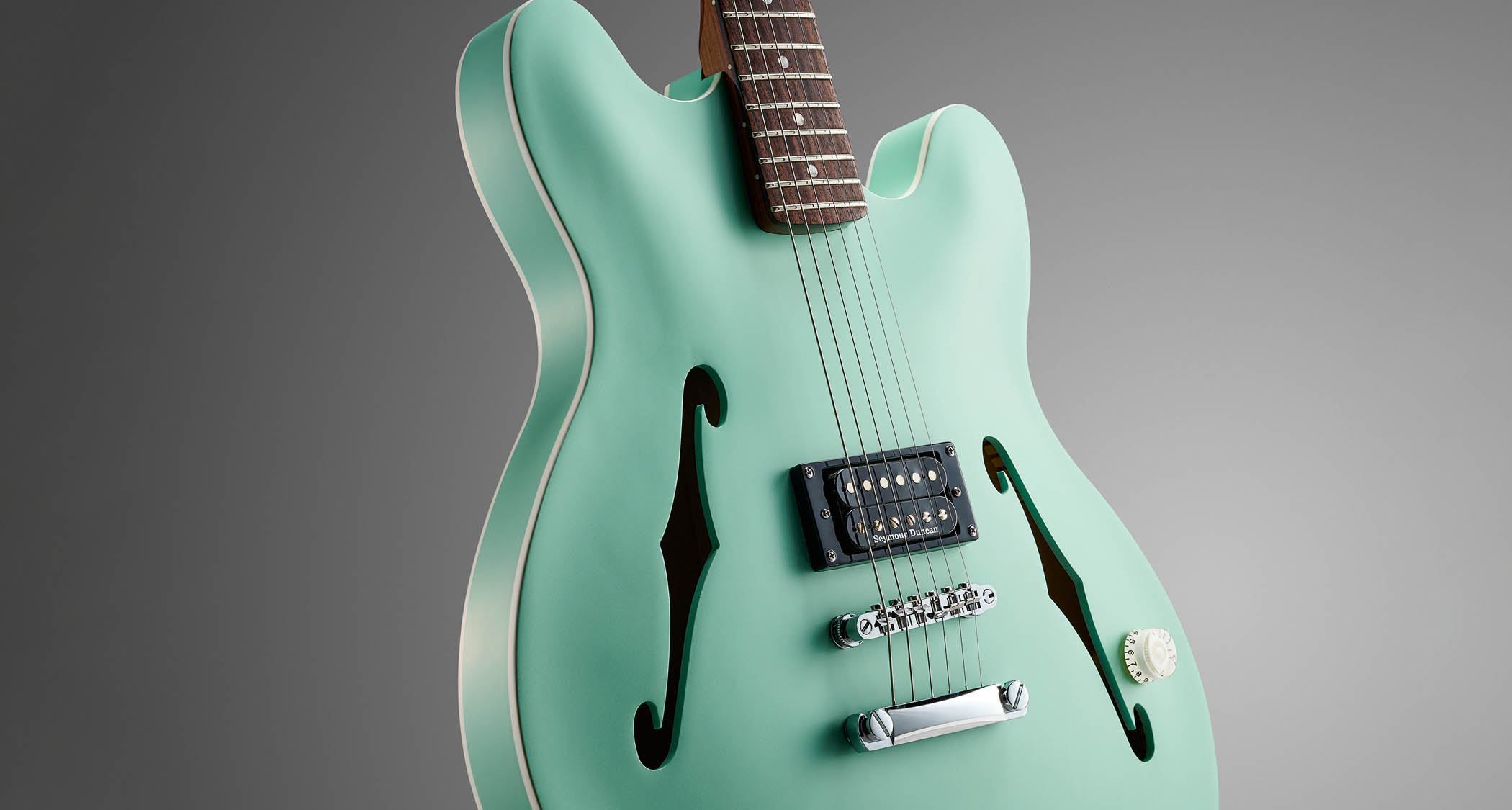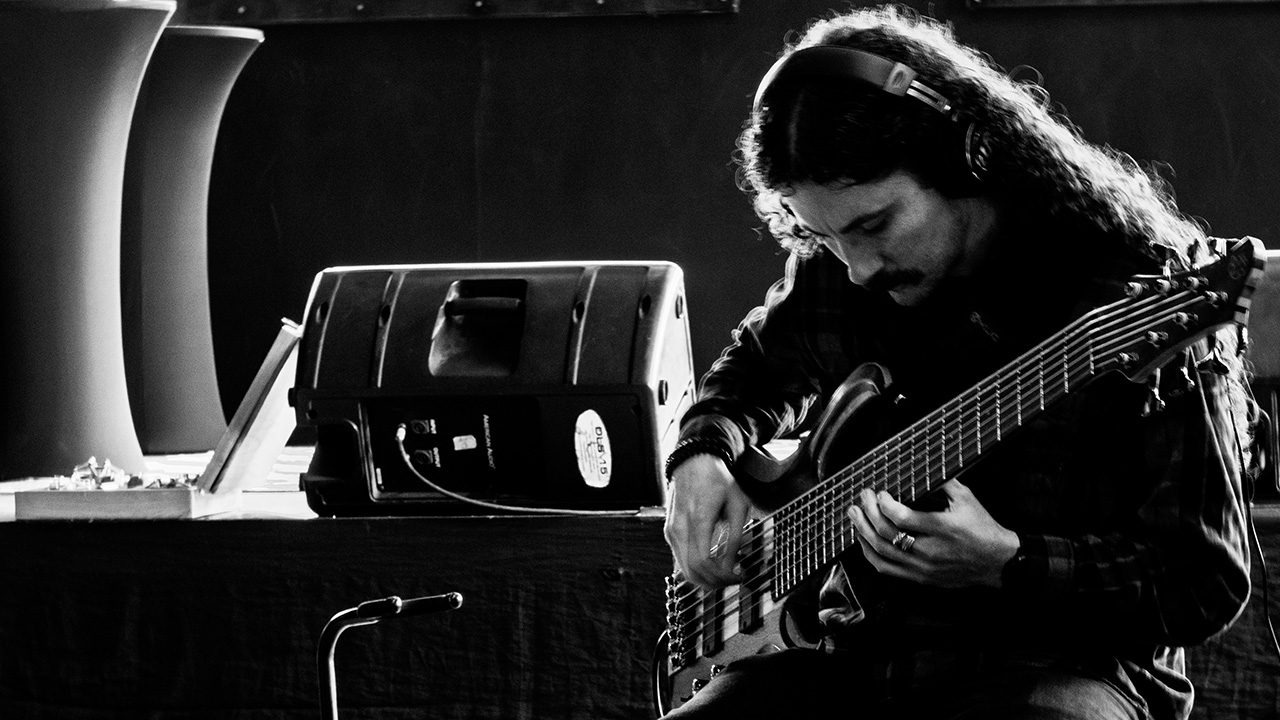Guitar World Verdict
Tom DeLonge’s Starcaster not a jack-of-many-trades model in the way that Epiphone’s DG-335 is, and nor does it claim to be. It’s a bare-bones rock guitar designed for energetic playing, and if you’re from the school of ‘plug in, turn up’, without getting fussy with your controls, you’re going to love it.
Pros
- +
Quality rock tones, superb with gain.
- +
Fun finishes.
- +
Excellent playability.
- +
Simple drive adds to its rock appeal.
Cons
- -
Not overly versatile, but that treble bleed circuit helps.
You can trust Guitar World
It’s been 25 years since Blink-182 rocketed to global success with third album, Enema Of The State. Somewhere between the poo jokes, zany bants and persistent nudity, Tom DeLonge also managed to forge a path as a hugely influential guitar hero to a generation.
As is often the case, the key to his success is simplicity – hooky riffs, full of melody and harmony, and he’s consistently played them on guitars with a similar ethos. Last year, Fender reissued DeLonge’s sought-after Stratocaster: a single-pickup take on the Strat finished in retro colours.
But to fully understand his latest model, we need to rewind a couple of decades to his ‘grown-up’ transition to a Gibson ES-333. Subsequently issued as an Epiphone version in 2008, before being discontinued five years ago, the stage is now set for DeLonge’s latest signature guitar – the Fender Tom DeLonge Starcaster.
The Starcaster was Fender’s answer to bigger-bodied semi-acoustics, first introduced in the mid-’70s and finding favour with a host of players from Leo Nocentelli of New Orleans funkateers The Meters through to Martin Gore of synth-goths Depeche Mode.
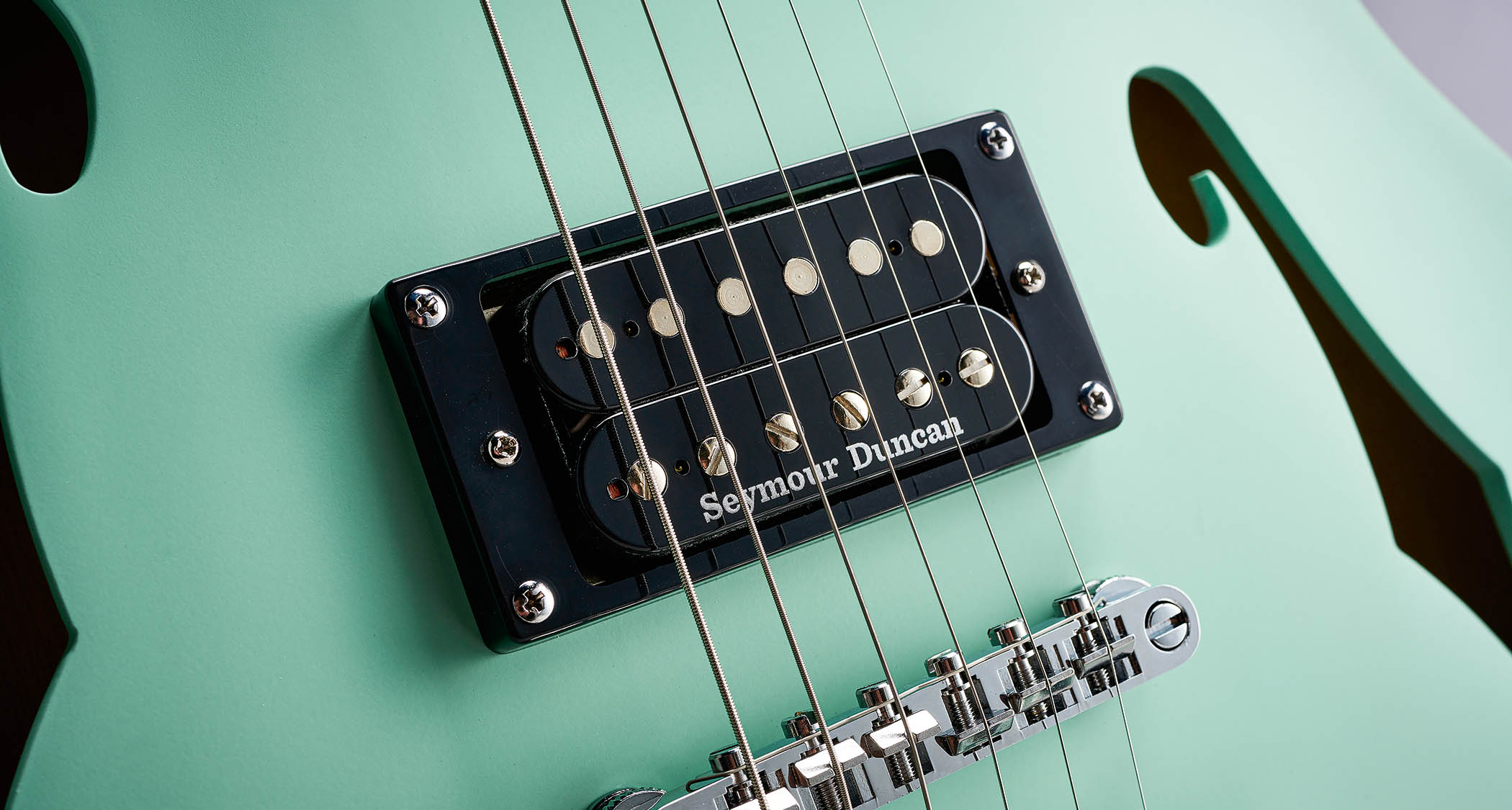
Radiohead’s Johnny Greenwood kept the Starcaster alive in the ’90s, and more recently, the guitar with one of the most unwieldy headstocks in rock has most often been attributed to The Killers’ Dave Keuning.
Fender released the Modern Player Starcaster in 2013, with Squier-branded Classic Vibe and Contemporary versions following in the years since.
Gone is the wavy, scrolling, bevelled shape; in its place is a much more understated Strat ’stock, which makes us a lot less nervous about bumping into things while we review it
Which brings us to now. DeLonge’s iteration of the Starcaster hails from Indonesia, clocking in at just under the price of his Mexican-made Strat. It maintains the familiarity of the offset, semi-hollow body, but nearly everything else is up for grabs.
All the latest guitar news, interviews, lessons, reviews, deals and more, direct to your inbox!
Starting with that headstock. Gone is the wavy, scrolling, bevelled shape; in its place is a much more understated Strat ’stock, which makes us a lot less nervous about bumping into things while we review it. Which is just as well, because the C-shaped neck is a thing of beauty: dark, roasted maple under a coat of glossy lacquer that wouldn’t look out of place on the dashboard of your grandad’s Jag.
But here, its deep, walnut-ish vibe is met with a rosewood fingerboard, together contrasting with the matte Surf Green finish of our review model beautifully. To the back, there’s a set of Fender locking tuners for speedy string changes and (hopefully) rock-solid tuning tension, while at the other end sits a Fender Adjusto-Matic bridge and tailpiece.
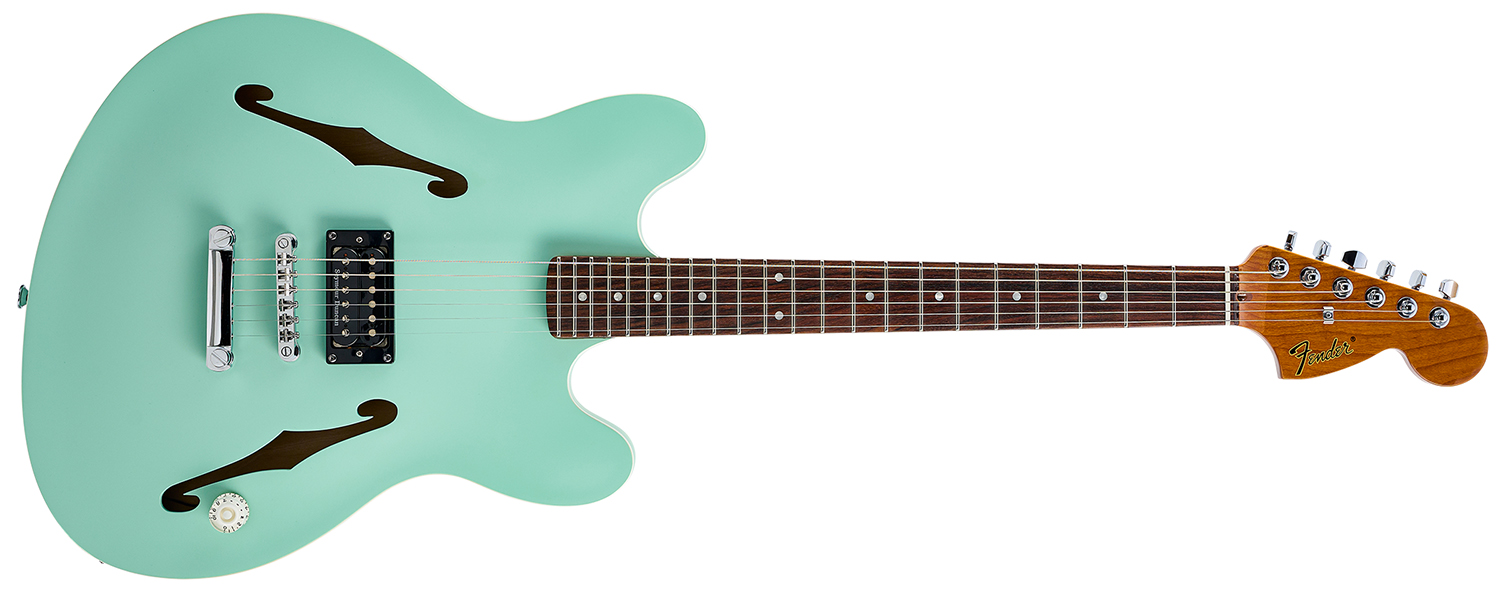
Given DeLonge’s previous form, it should come as no surprise that this guitar is fitted with a single humbucker in the bridge position – a Seymour Duncan SH-5, known for its medium-output, all-rounder performance for everything from blues to hard rock and metal.
In turn, it’s wired to a solitary volume control which is also equipped with a treble-bleed circuit in order to preserve your high-end when the volume knob is rolled down.
Electronically, that’s it; there’s no tone control, no switching (because there’s no alternative position to select), and the humbucker remains in its full dual-coil state.
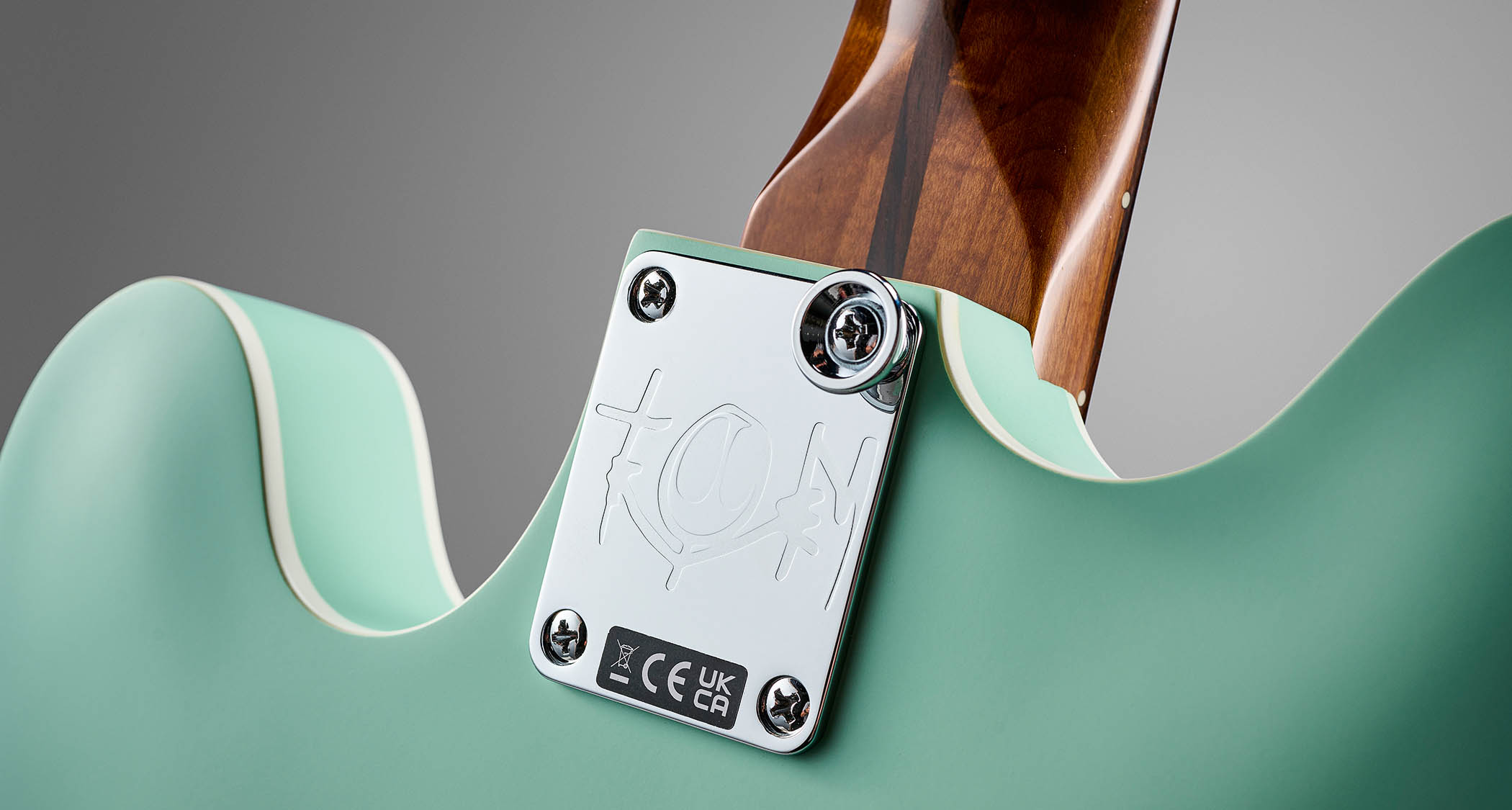
On paper, it’s quite the departure from the quirky guitar of the ’70s, but as a signature model, we view that as a good thing. Finish-wise, it looks great, spare a couple of slightly untidy bits of paintwork around the neck and unbound f-holes.
The setup is low, but surprisingly, buzz-free, and those frets come highly polished for a silky glide when bending strings. This is furthered by the fact that the neck features a 12” radius, stopping our notes from choking out. It’s all very much ‘Strat’-feeling, rather than aping a classic semi-acoustic neck feel.
Tonally, it’s something to behold. With only one pickup, we were expecting it to be a one-trick pony, and while we can’t say that it’s going to do everything, it does have a surprising amount of mileage. That’s largely thanks to the treble-bleed circuit.
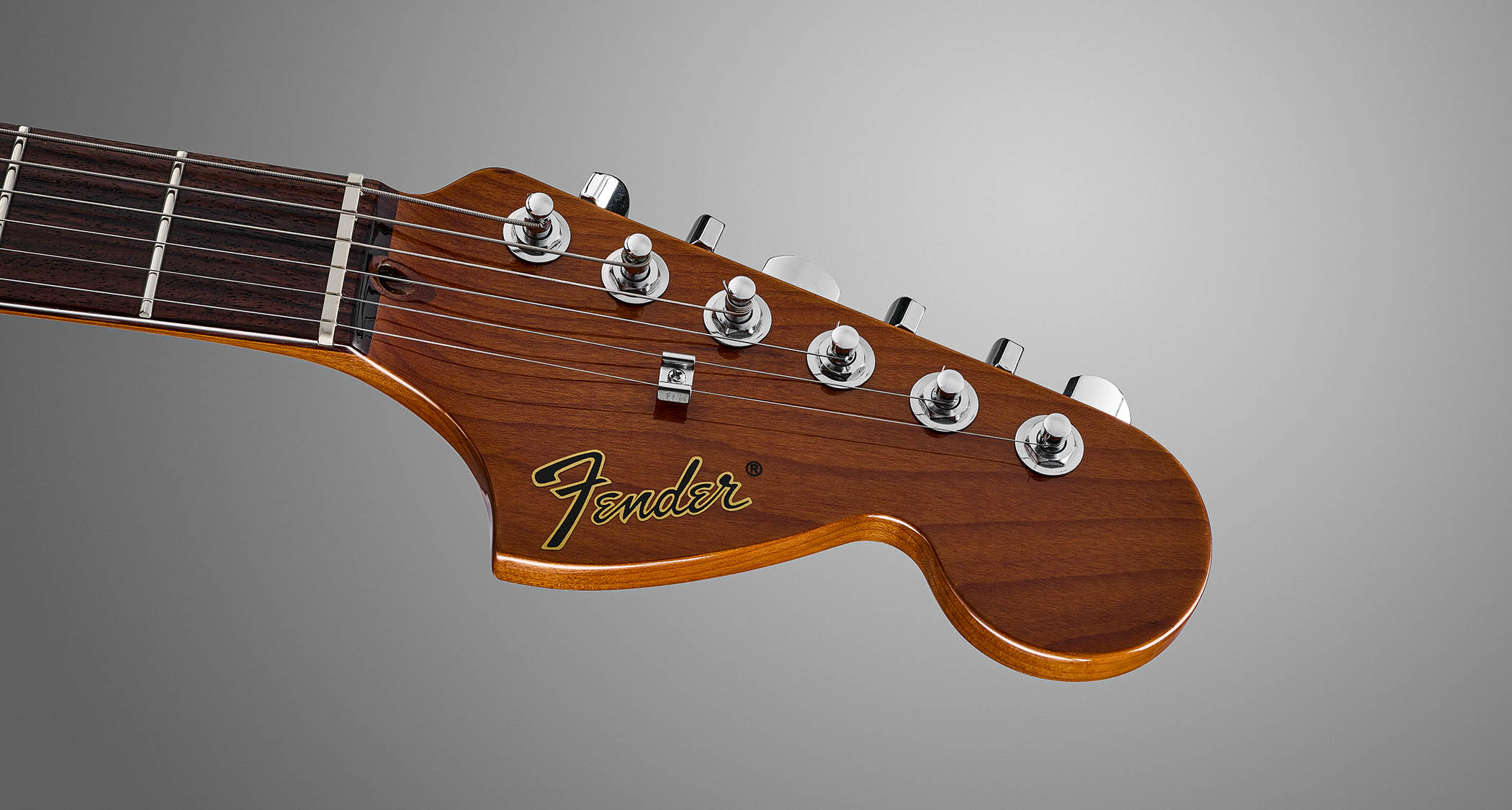
Played clean, we get a solid pluck out of our notes, and while reducing the volume softens this slightly, the clarity is still there due to the fact that the treble frequencies aren’t filtered out. Under gain, this guitar has bite. Powerchords come out with aggression followed by a meaty chunk, and Tom’s signature arpeggiated riffs chime through clearly with a little crunch.
There’s always a conundrum with signature models, in that they need to reflect the artist whose name they bare, and in that sense can’t be criticised for being ‘niche’. This model nails the brief, and does so with excellent sound quality and playability.
It’s not a jack-of-many-trades model in the way that Epiphone’s DG-335 is, and nor does it claim to be. It’s a bare-bones rock guitar designed for energetic playing, and if you’re from the school of ‘plug in, turn up’, without getting fussy with your controls, you’re going to love it.
Specs
- PRICE: $1,299 / £1,149
- BODY: Laminated maple
- NECK: Roasted maple, lacquered
- SCALE: 25.5”
- FINGERBOARD: Rosewood
- FRETS: 22
- PICKUPS: Seymour Duncan SH-5 (ceramic)
- CONTROLS: Volume (with treble-bleed circuit)
- HARDWARE: Fender locking tuners, adjusto-matic bridge, chrome
- FINISH: Surf Green (pictured), Shoreline Gold, Olympic White, Shell Pink
- CONTACT: Fender

Stuart has been working for guitar publications since 2008, beginning his career as Reviews Editor for Total Guitar before becoming Editor for six years. During this time, he and the team brought the magazine into the modern age with digital editions, a Youtube channel and the Apple chart-bothering Total Guitar Podcast. Stuart has also served as a freelance writer for Guitar World, Guitarist and MusicRadar reviewing hundreds of products spanning everything from acoustic guitars to valve amps, modelers and plugins. When not spouting his opinions on the best new gear, Stuart has been reminded on many occasions that the 'never meet your heroes' rule is entirely wrong, clocking-up interviews with the likes of Eddie Van Halen, Foo Fighters, Green Day and many, many more. If he's not playing the guitar, you'll likely find Stuart behind the kit playing Valerie to newlyweds.
